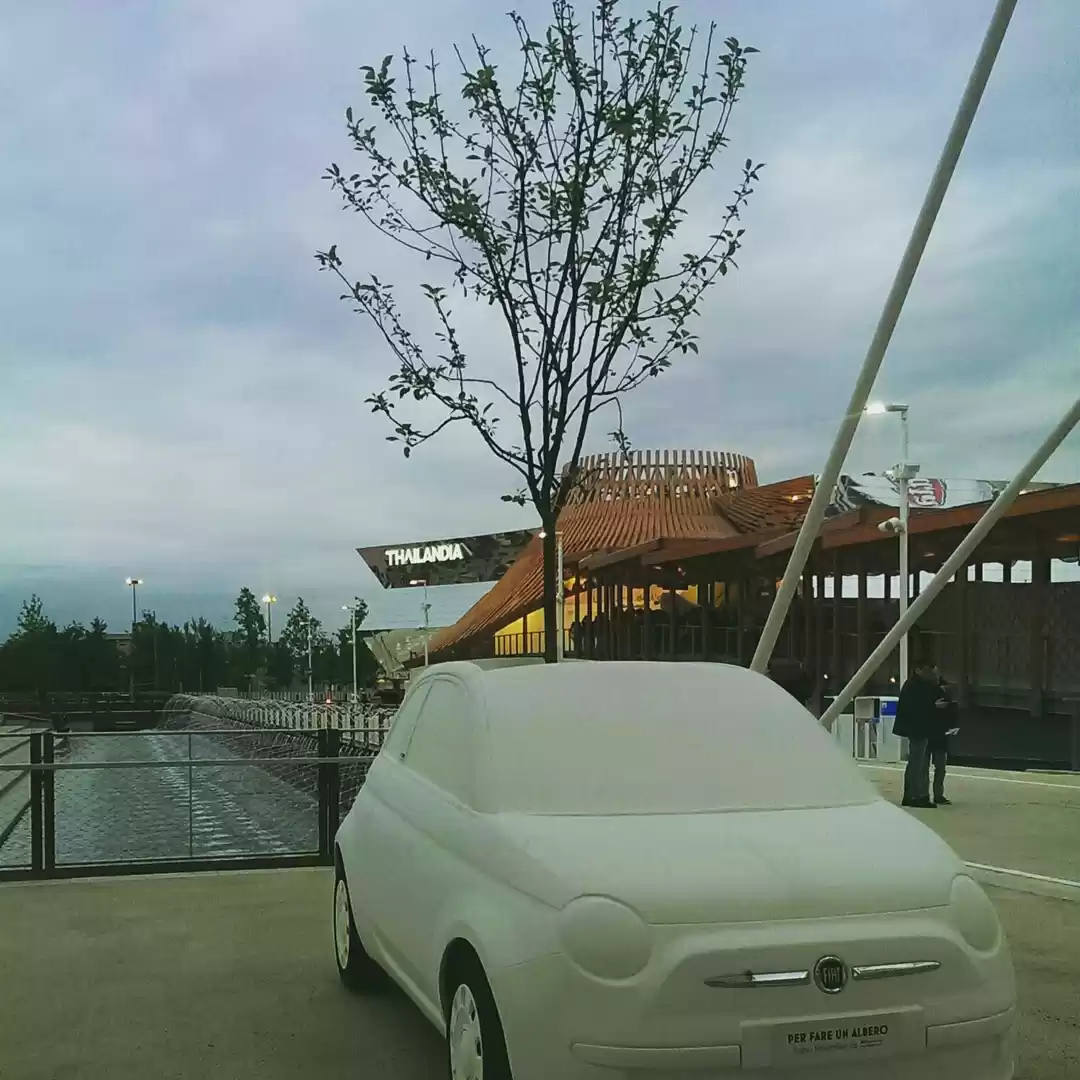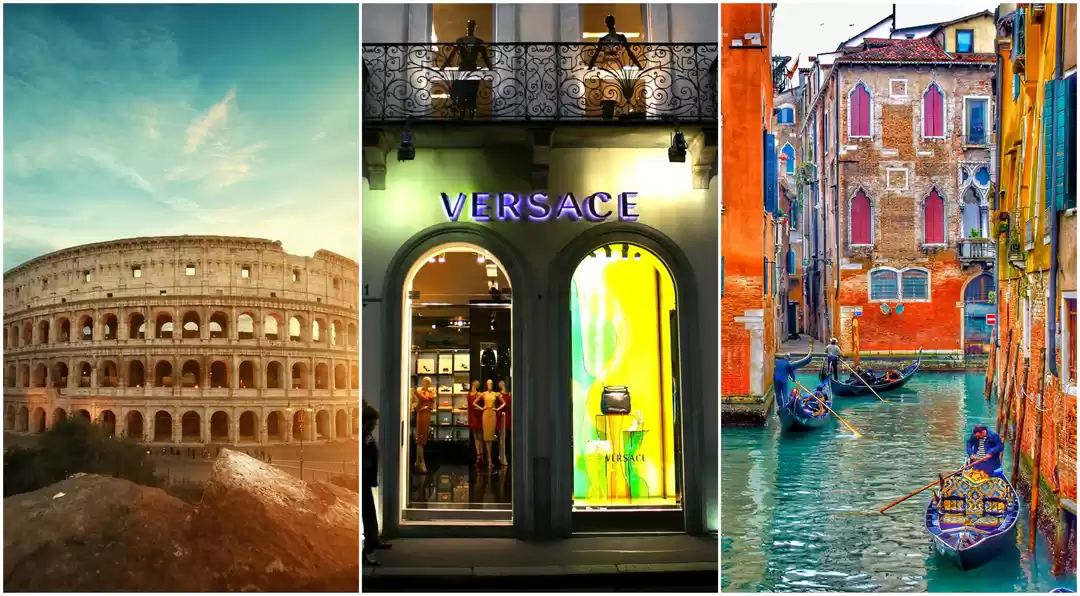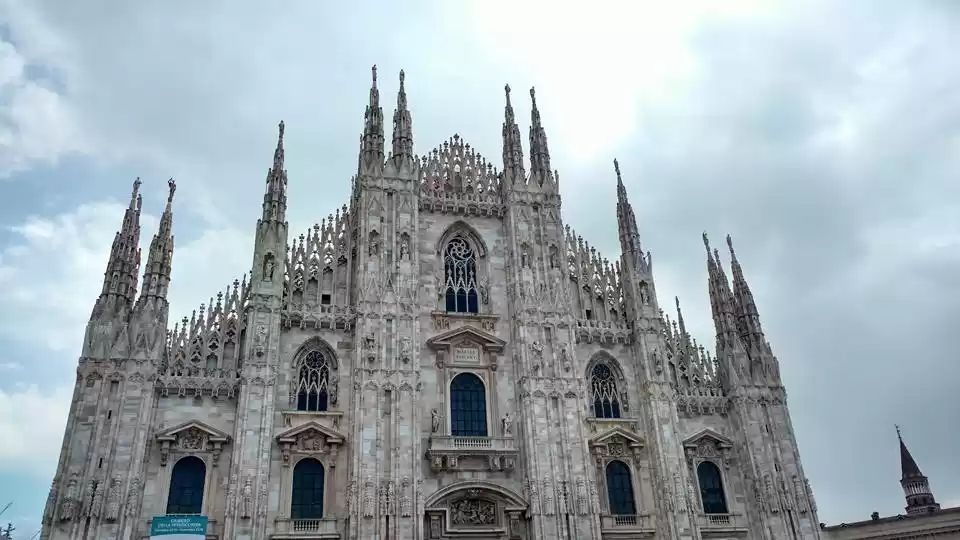Milano Tourism and Travel Guide
Milan (English /mɨˈlæn/ or US /məˈlɑːn/; Italian: Milano [miˈlaːno]), the second-most populous city in Italy, is the capital of Lombardy. The city proper has a population of about 1.3 million, while its urban area (the 5th-largest in the EU) comprises an estimated 5,264,000 people. The enormous suburban sprawl that followed the post-war boom of the 1950s–1960s and the growth of a vast commuter belt suggest that socioeconomic linkages have expanded well beyond the boundaries of its administrative limits and its agglomeration, creating a polycentric metropolitan area of 7 to 10 million people, stretching over the provinces of Milan, Bergamo, Como, Lecco, Lodi, Monza and Brianza, Pavia, Varese and Novara. The Milan metropolitan region is part of the so-called Blue Banana, the area of Europe with the highest population and industrial density. In terms of GDP, Milan has the third largest economy among EU cities and the largest among European non-capital cities.Milan was founded by Celts known as Insubres. The Romans later conquered the city, which they knew as Mediolanum, and which eventually became the capital (286 - 402 CE) of the Western Roman Empire. During the Middle Ages, Milan flourished as a commercial and banking center. In the course of the following centuries, it had been alternatively dominated by France, Habsburg Spain, and Austria, until 1859 when the city joined the rising Kingdom of Italy. During the early 1900s, Milan led the industrialization process of the young nation, being at the very center of the economic, social, and political debate. Badly affected by World War II, and suffering a harsh Nazi occupation, the city became the main centre of the Italian Resistance. In post-war years the city enjoyed a prolonged economic boom, attracting large flows of workers from Southern Italy. During recent decades Milan has seen a huge rise in the number of international immigrants, and as of 2011 more than one sixth of its population was foreign born.Milan is the main industrial, commercial, and financial centre of Italy and a leading global city. Its business district hosts the Borsa Italiana (Italy's main stock exchange) and the headquarters of the largest national banks and companies. The city is a major world fashion and design capital. Milan's museums, theatres and landmarks (including the Milan Cathedral, the fifth-largest cathedral in the world, and Santa Maria delle Grazie, decorated with Leonardo da Vinci paintings such as The Last Supper, a UNESCO World Heritage Site) attract over 8 million visitors annually. The city hosts numerous cultural institutions and universities, with 185,000 enrolled students in 2011, i.e. 11 percent of the national total. The city is also well known for several international events and fairs, including Milan Fashion Week and the Milan Furniture Fair, the largest of its kind in the world,and is the host for the second time of a Universal Exposition, the Expo 2015. Milan is home to two of the world's major football teams, A.C. Milan and Inter Milan. 'Istat official population estimates'. Retrieved June 2015. 'Milan: definition of Milan in Oxford dictionary (American English)'. oxforddictionaries.com. Retrieved 5 November 2015. 'DEMOGRAPHIA WORLD URBAN AREAS 10TH ANNUAL EDITION REVISED AT MAY 2014' (PDF). Retrieved 20 June 2014. OECD. 'Competitive Cities in the Global Economy' (PDF). Retrieved 30 April 2009. 'Global Metro Monitor: Metropolitan Area Profiles' (PDF). http://www.brookings.edu/. Brookings Institution. Retrieved 20 June 2014. European Metropolitan network Institute. 'Case study Milan Metropolitan Area' (pdf). Retrieved 14 September 2013. Salet, Willem; Thornley, Andy; Kreukels, Anton (2003). Metropolitan governance and spatial planning : comparative case studies of European city-regions. New York: Spon Press. p. 265. ISBN 978-0415274494. Gert-Jan Hospers (2002). 'Beyond the Blue Banana? Structural Change in Europe's Geo-Economy' (PDF). 42nd EUROPEAN CONGRESS of the Regional Science Association Young Scientist Session – Submission for EPAINOS Award 27–31 August 2002 – Dortmund, Germany. Archived from the original (PDF) on 29 September 2007. Retrieved 27 September 2006. Luca Molà (2000). The Silk Industry of Renaissance Venice. Baltimore: Johns Hopkins University Press. p. 6. ISBN 0-8018-6189-6. Cooke, Philip (1997). Italian resistance writing: an anthology. Manchester: Manchester University Press. p. 20. ISBN 0-7190-5172-X. Ginsborg, Paul (2003). A history of contemporary Italy: society and politics, 1943 - 1988. New York: Palgrave Macmillan. p. 220. ISBN 1-4039-6153-0. 'Istat official population estimates' (PDF). Retrieved December 2013. 'GaWC – The World According to GaWC 2010'. Lboro.ac.uk. 14 September 2011. Retrieved 10 July 2012. 'The Global Language Monitor » Fashion'. Languagemonitor.com. Retrieved 1 June 2011. 'Milan, Italy | frog'. Frogdesign.com. Archived from the original on 1 May 2011. Retrieved 1 June 2011. 'Nel 2014 a Milano 8 milioni di turisti'. ansa.com. Retrieved 6 August 2014. 'University and research in Milan'. Province of Milan. Retrieved 4 November 2012. 'Milan Furniture Fair [Monocle]'. Monocle.com. 30 April 2009. Retrieved 10 July 2012.













